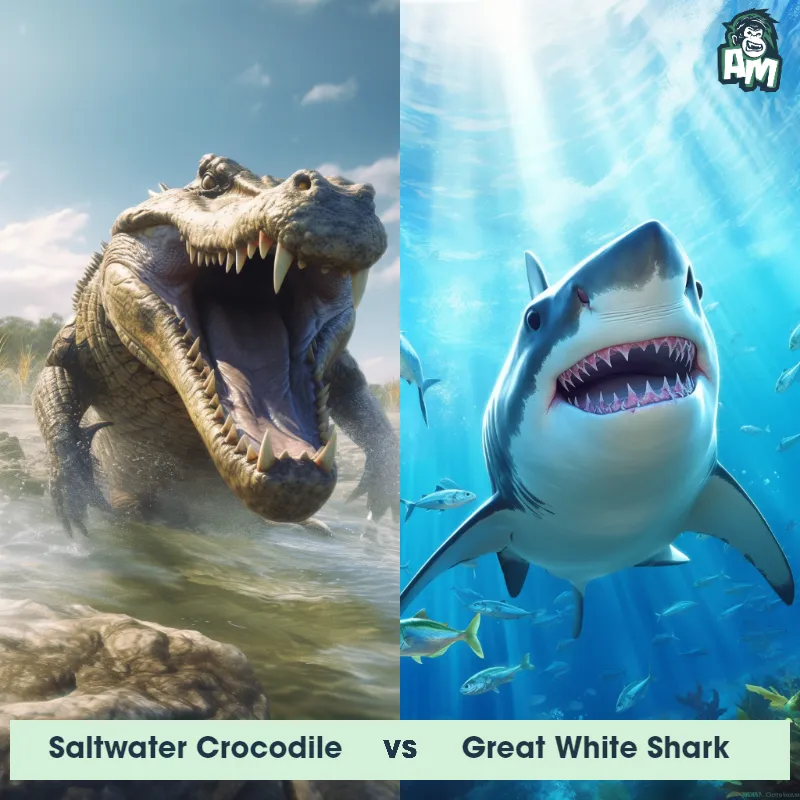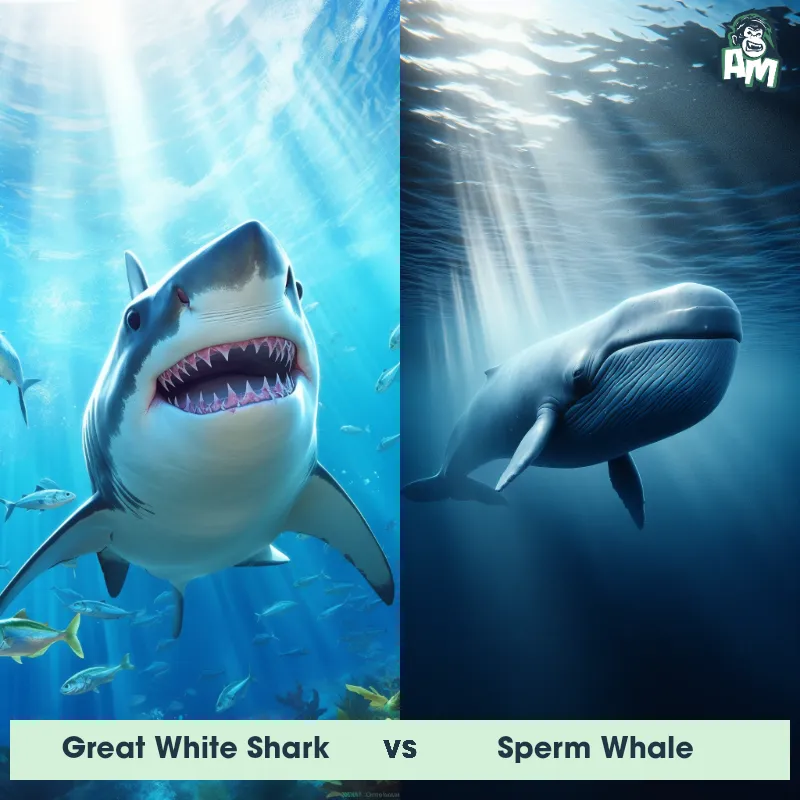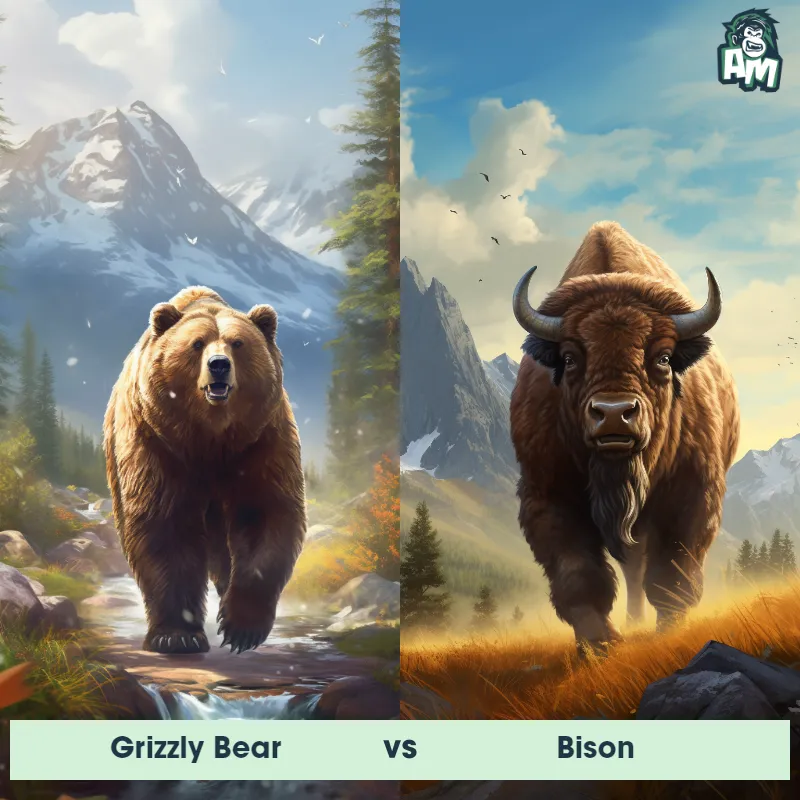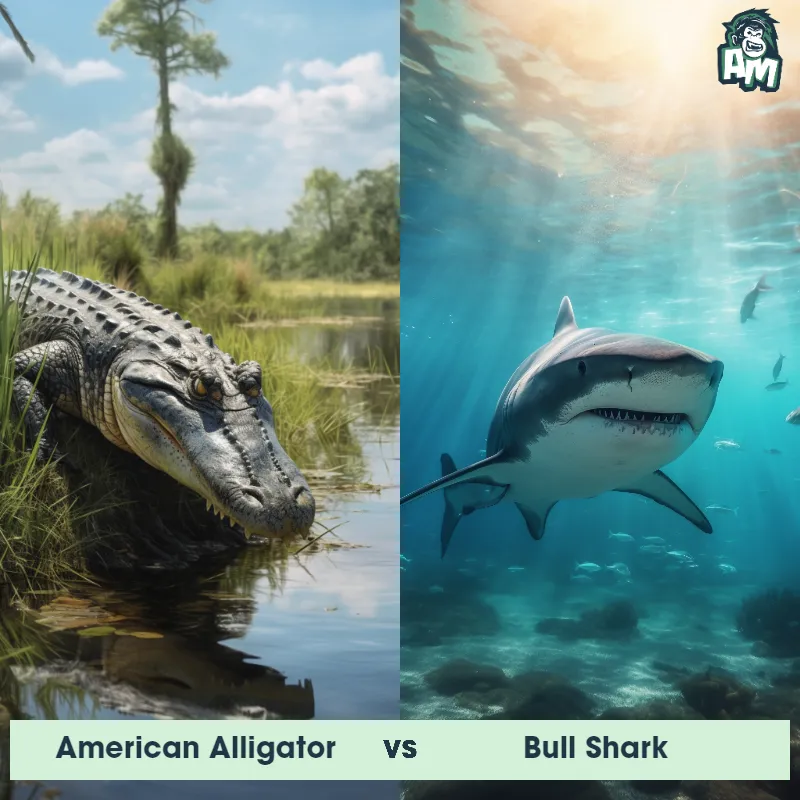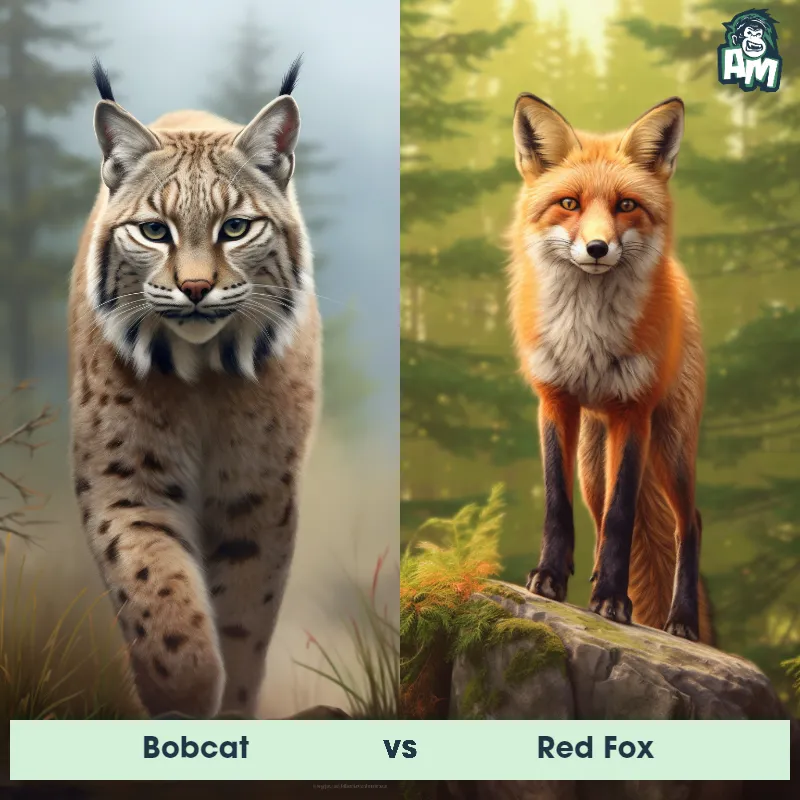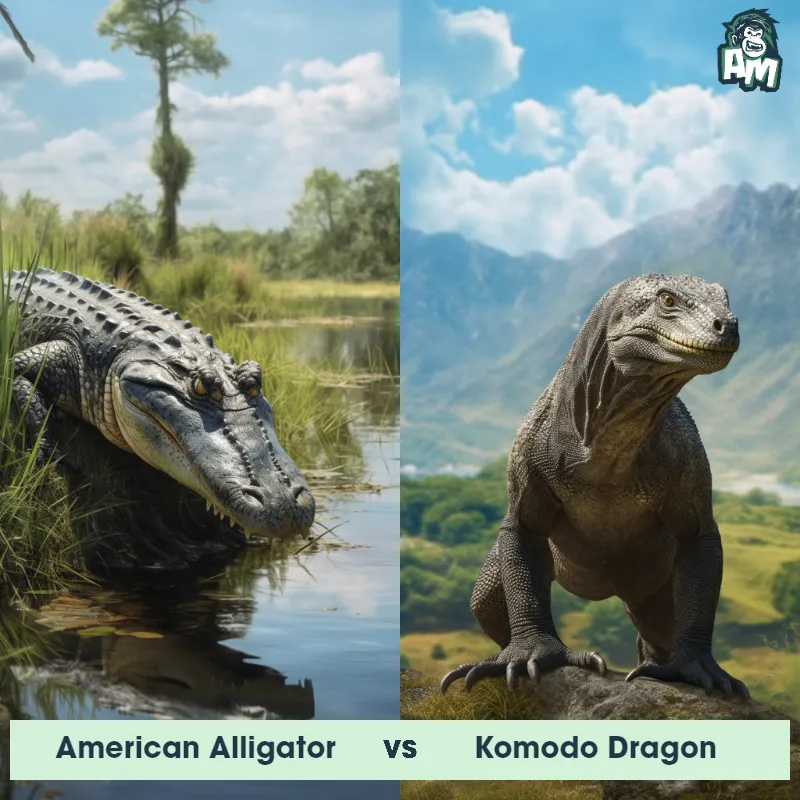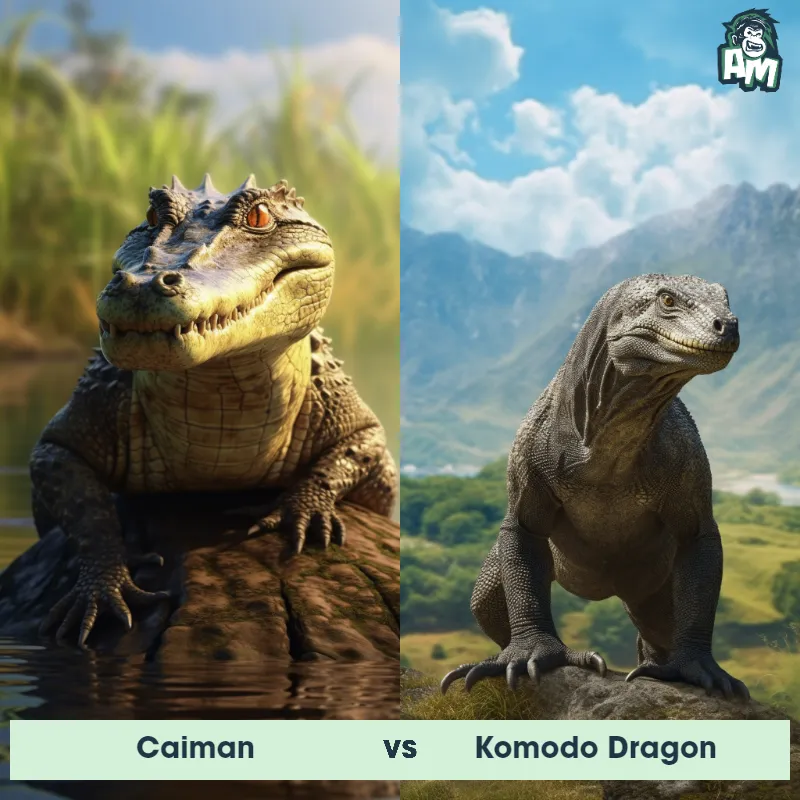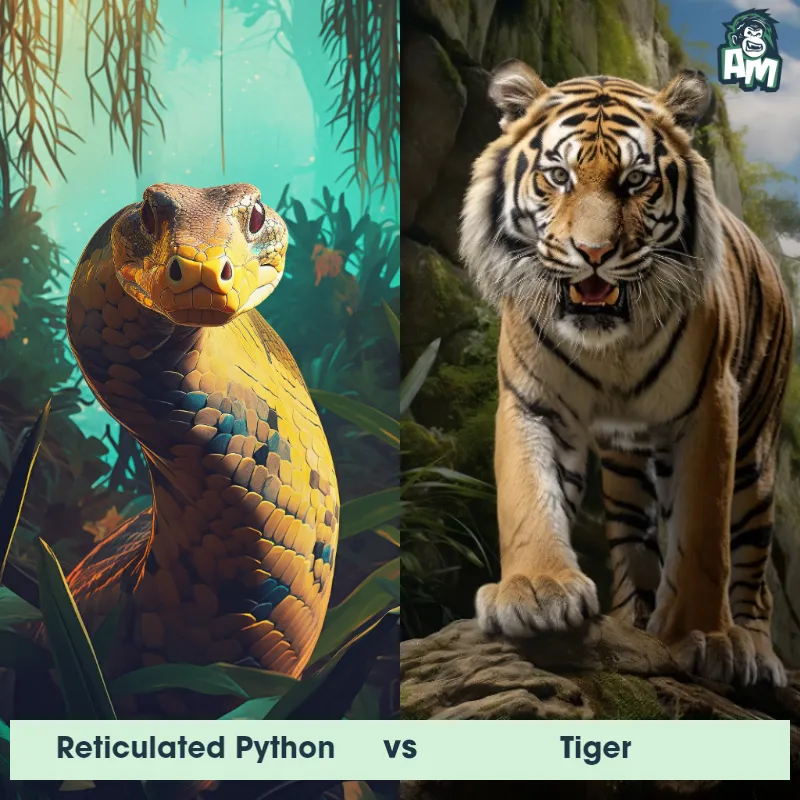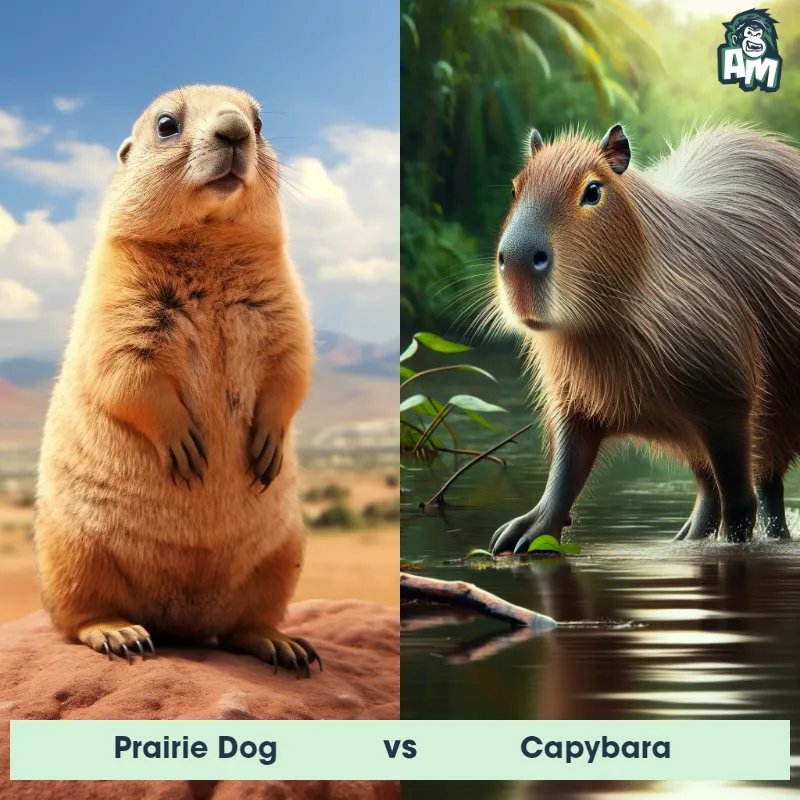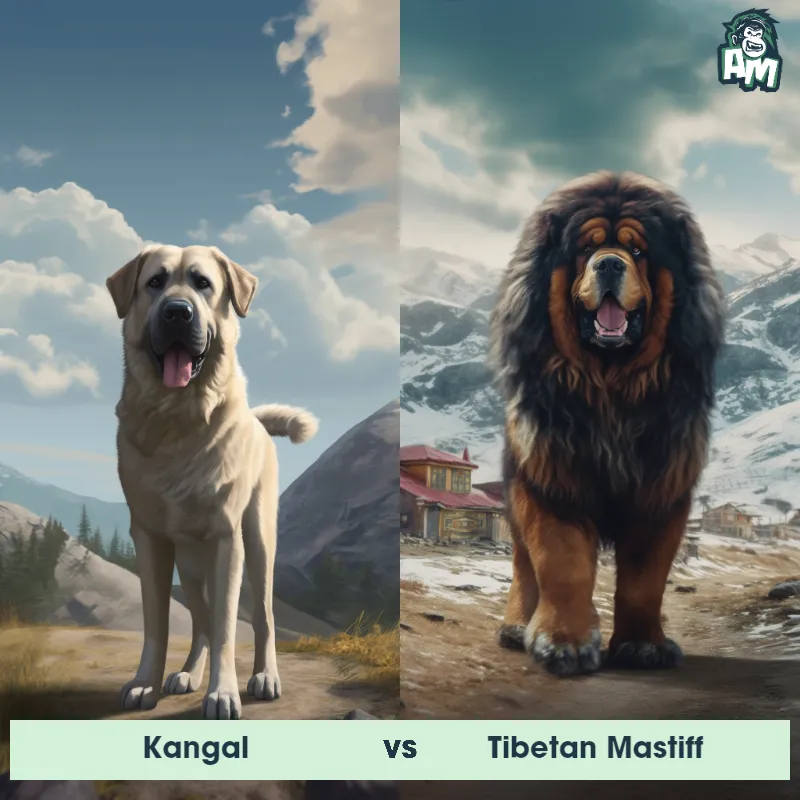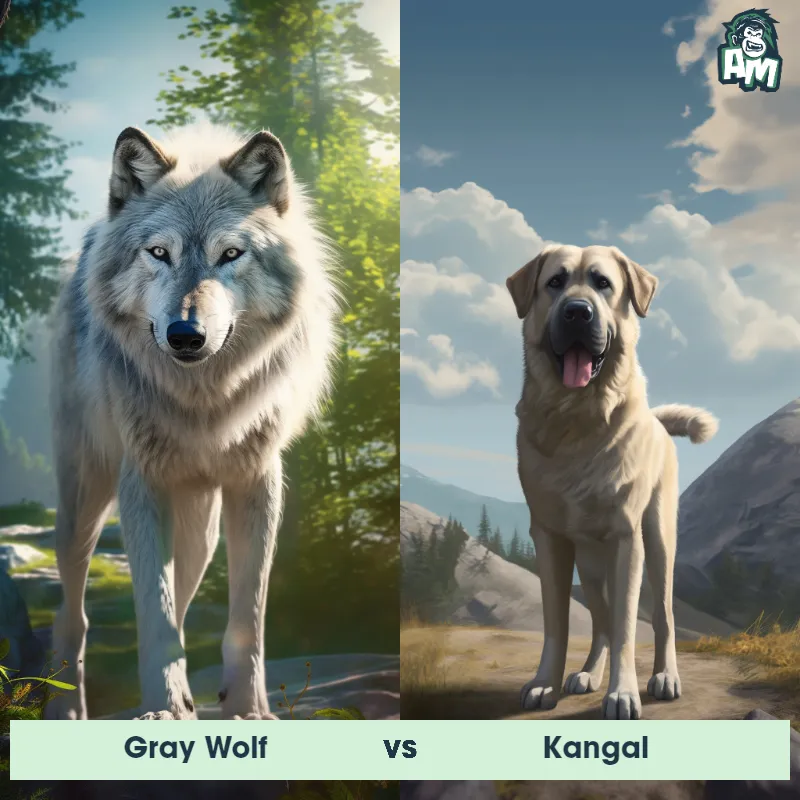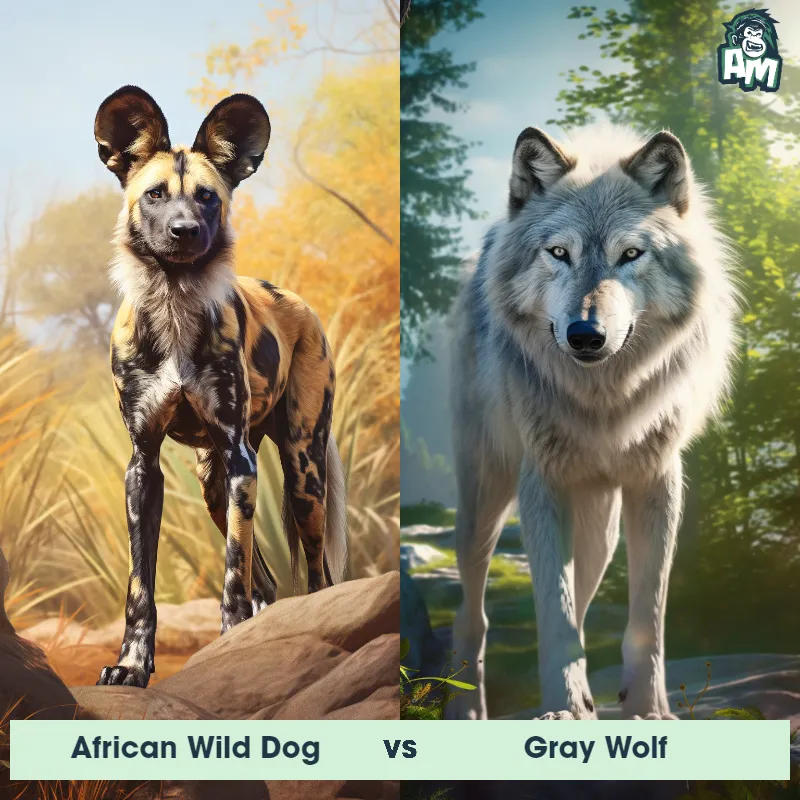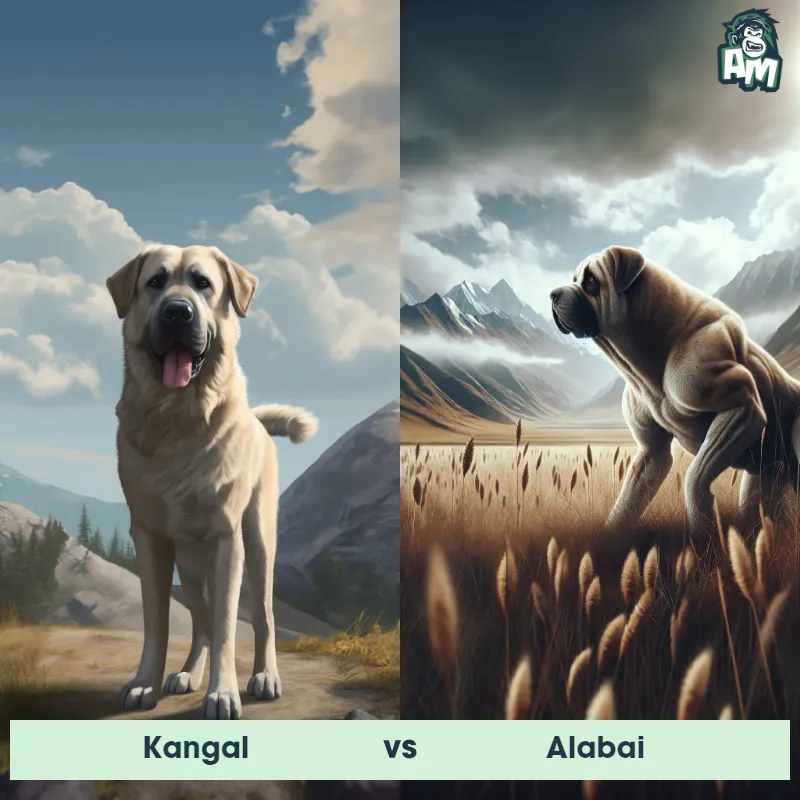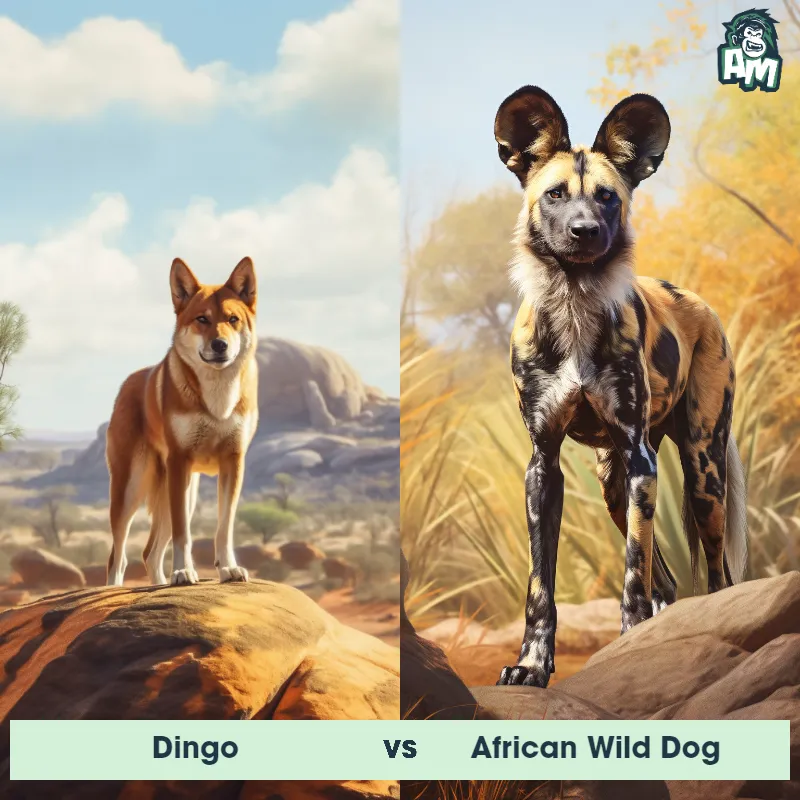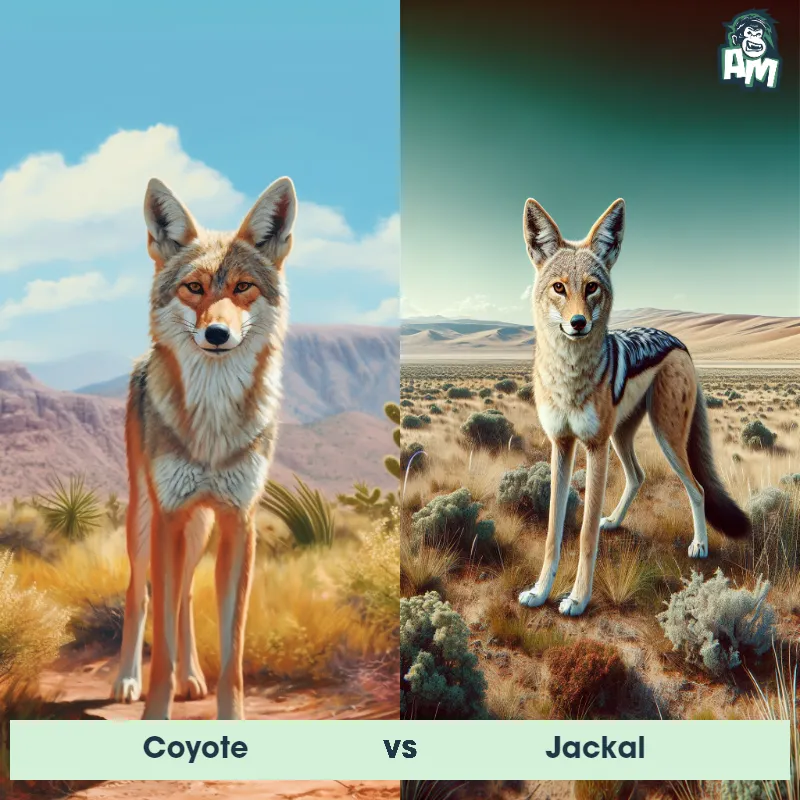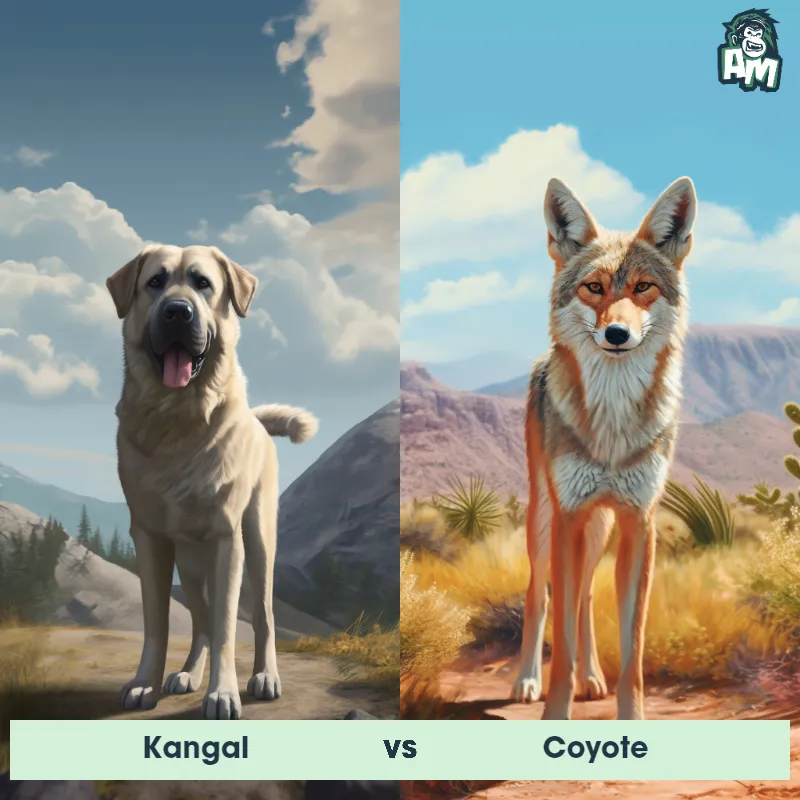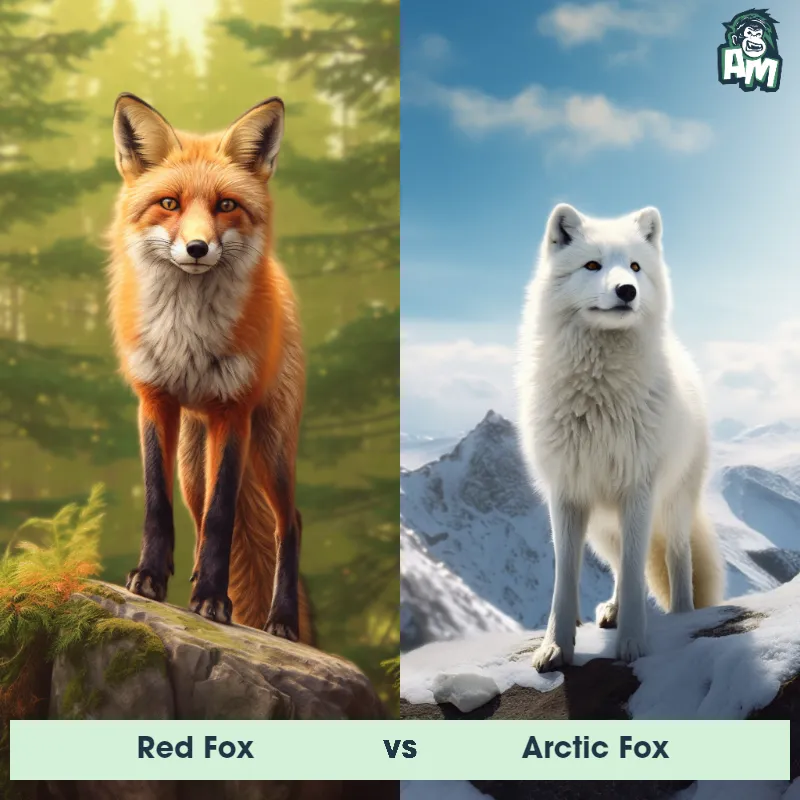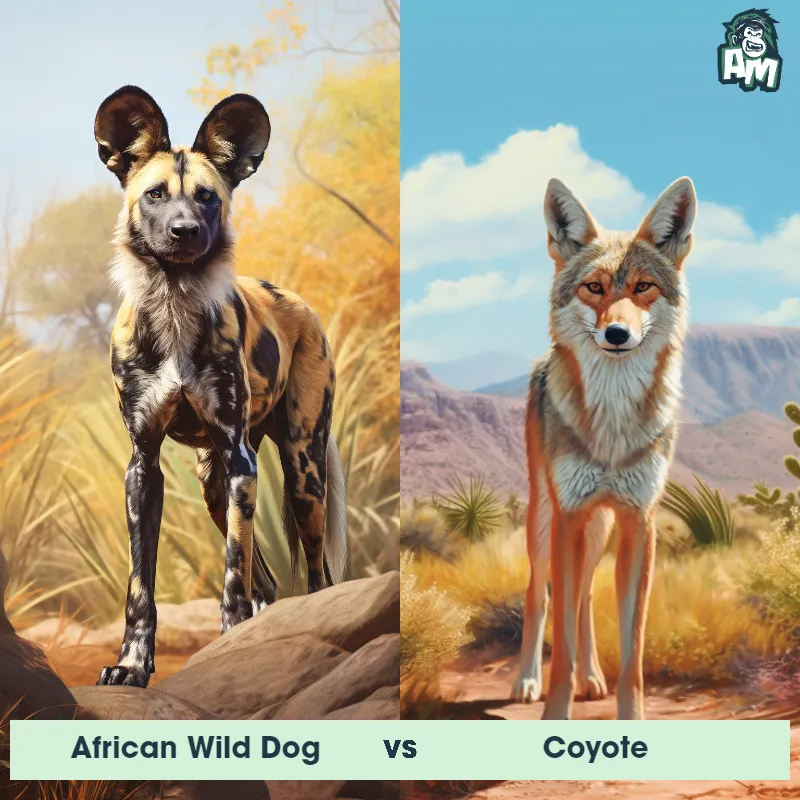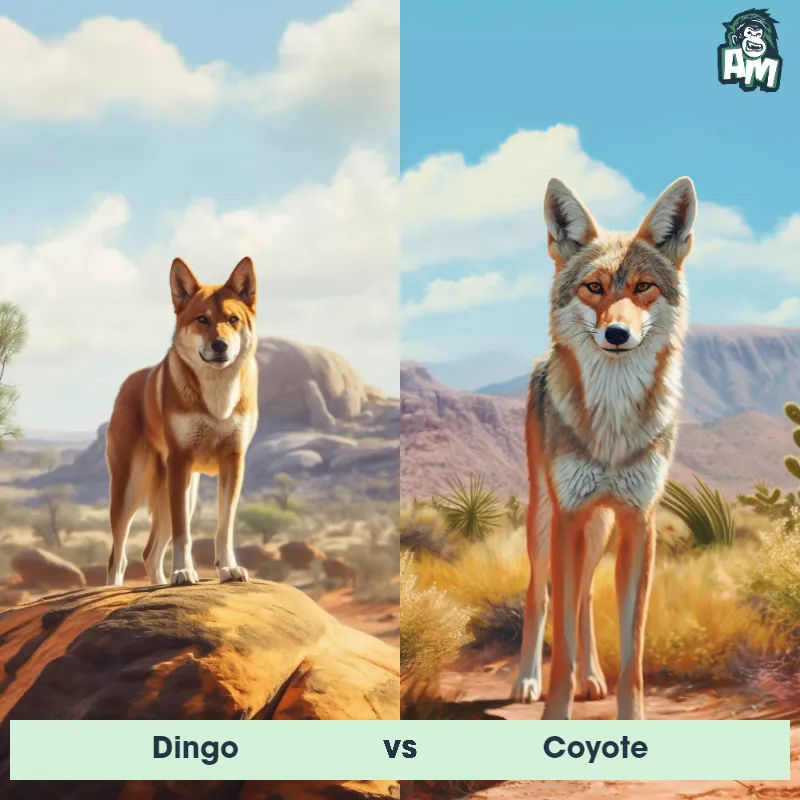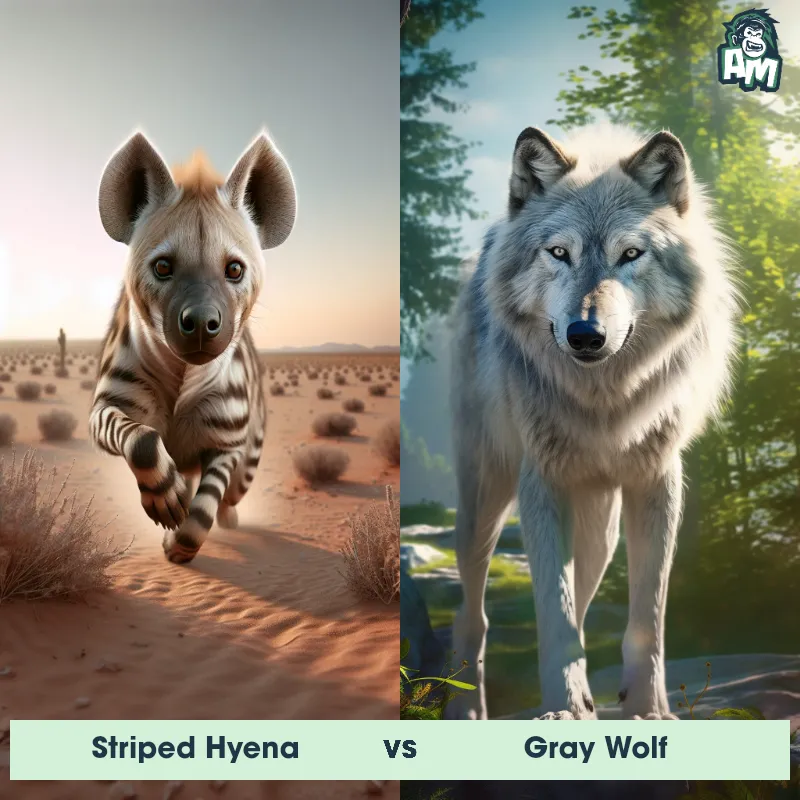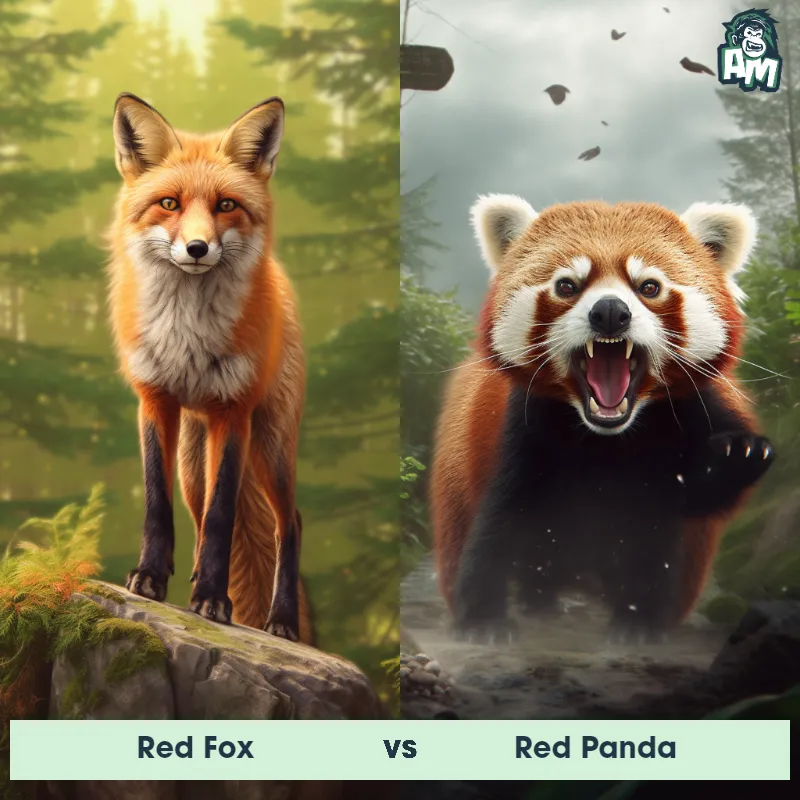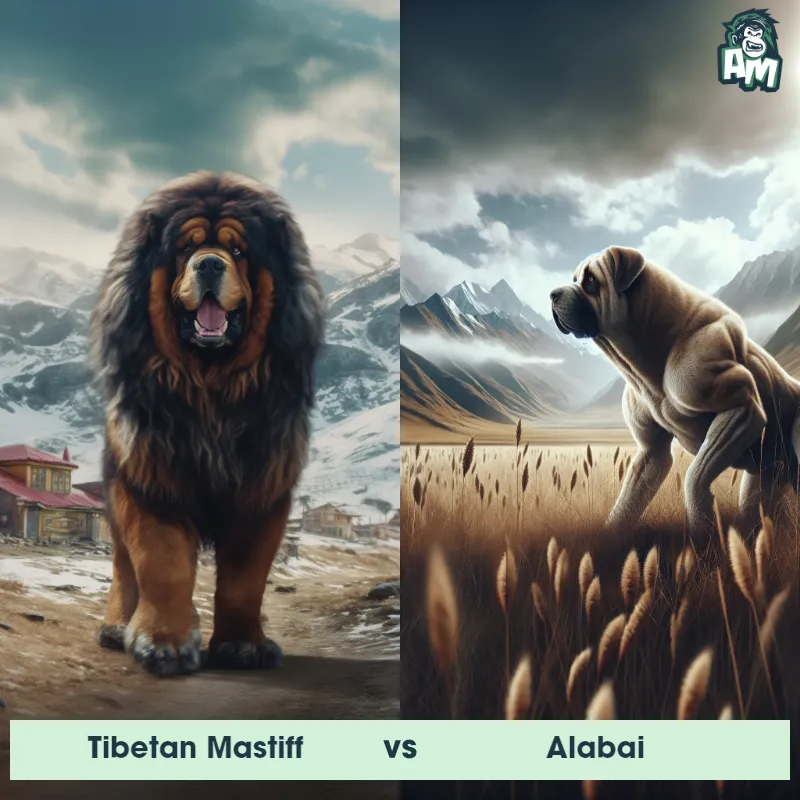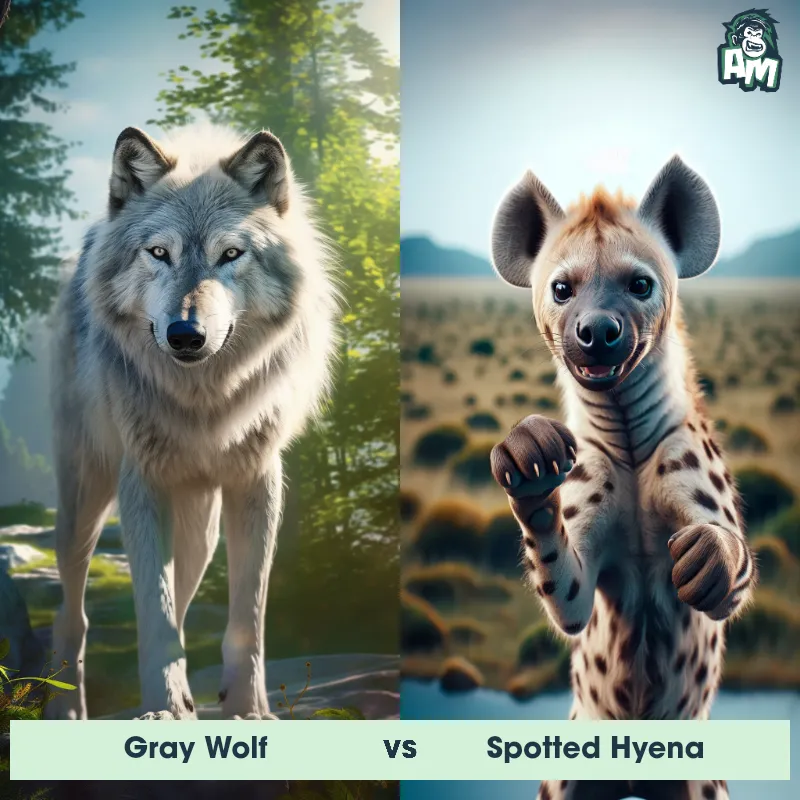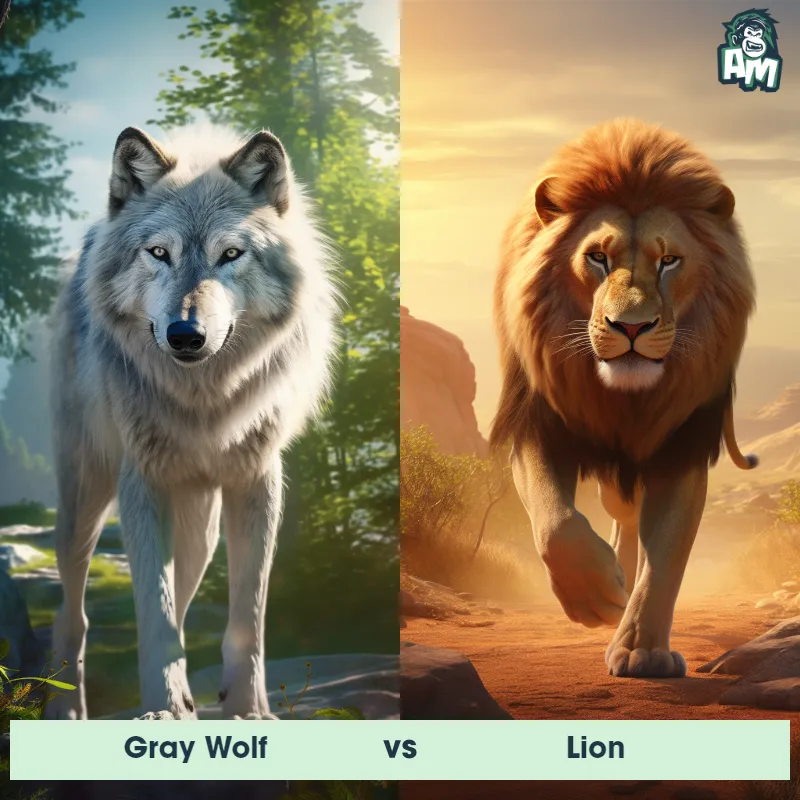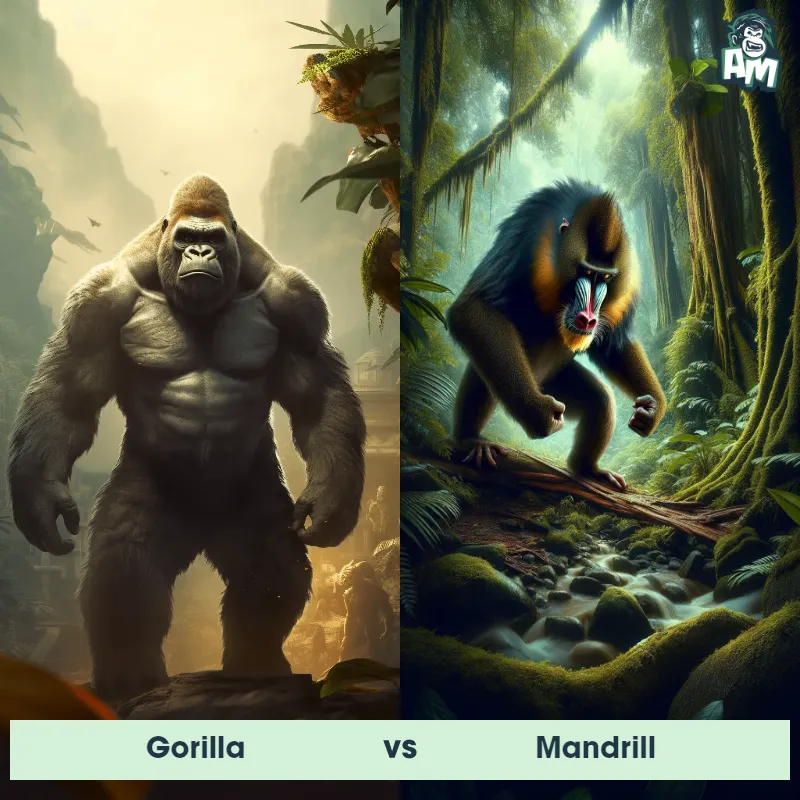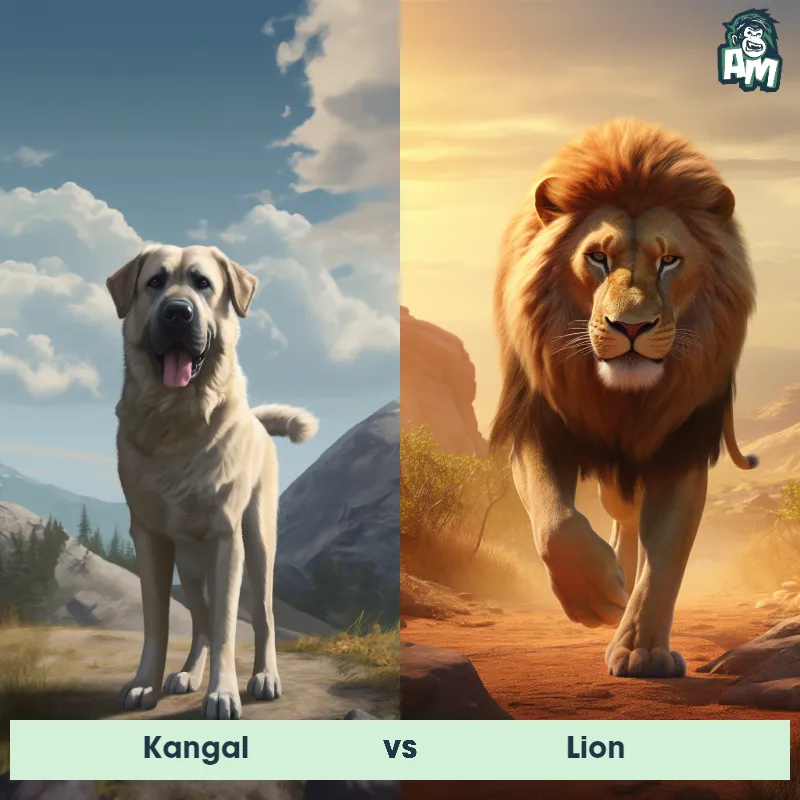Olive Baboon vs African Wild DogSee Who Wins

Welcome folks to an epic matchup between the Olive Baboon and the African Wild Dog. Both of these animals are known for their strength and agility, so we are guaranteed to see an exciting fight tonight. Let's see who will come out victorious in this battle of the wild.
Contender 1: Olive Baboon
The Olive Baboon, also known as the Anubis Baboon, is a species of baboon native to parts of East Africa and the Arabian Peninsula. These social primates are easily recognized by their large size, with males typically weighing around 30-40 kilograms and females being slightly smaller. Olive Baboons have short, coarse fur that ranges in color from yellowish-brown to gray, and their faces are hairless with prominent muzzles. They possess long, powerful limbs with grasping hands and opposable thumbs, making them adept climbers and walkers. With their impressive canines and protruding face bones called ischnia, they exhibit a robust appearance. These baboons are known for living in large groups called troops, which can contain up to 150 individuals, and engaging in complex social interactions.
Fun Fact: One fascinating fact about Olive Baboons is that they have a diverse diet, which includes a wide range of fruits, leaves, seeds, insects, small vertebrates, as well as occasional carrion and even soil, making them opportunistic omnivores.
Contender 2: African Wild Dog
The African Wild Dog, also known as the painted dog, is a highly social and intelligent carnivore found in sub-Saharan Africa. They have a distinctive coat pattern of brown, black, and white patches, with large rounded ears and a lean, muscular build. These dogs are known for their incredible stamina and teamwork when hunting prey, which can include antelopes, zebras, and even wildebeest.
Fun Fact: African Wild Dogs have a unique way of communicating with each other during hunts - they make a variety of high-pitched vocalizations, including a distinctive "hoo" sound, to coordinate their movements and alert each other to the location of prey.
Matchup Stats
| Olive Baboon | African Wild Dog | |
|---|---|---|
| Size | 2-3 feet (60-90 cm) tall | 30-40 inches (76-102 cm) at the shoulder |
| Weight | 66-88 pounds (30-40 kg) | 44-55 pounds (20-25 kg) |
| Speed | 34mph (55km/h) | Speed: 44 mph (71 km/hr) |
| Key Strength | Powerful jaws and canines | Stamina and teamwork during hunts |
| Biggest Weakness | Vulnerable to attacks on their lower body | Smaller size compared to other predators |
Current Votes
Olive Baboon vs African Wild Dog
See Who Wins
View More Matches
Looking For More?
Similar Matches
Scientific Stats
| Olive Baboon | African Wild Dog | |
|---|---|---|
| Scientific Name | Papio anubis | Lycaon pictus |
| Family | Cercopithecidae | Canidae |
| Habitat | Forests, savannas, and woodland areas | Savannas, grasslands, and woodlands |
| Geography | East Africa and the Arabian Peninsula | Sub-Saharan Africa |
| Diet | Fruits, leaves, seeds, insects, small vertebrates, carrion, and soil | Carnivorous, primarily hunting antelopes and other ungulates |
| Lifespan | 20 years - 30 years | 10 years - 12 years |
Key Differences between Olive Baboon and African Wild Dog
- Facial features: The Olive Baboon has a prominent snout with a dog-like face, while the African Wild Dog has a sleeker, more fox-like face.
- Tail: The Olive Baboon has a long, thick tail with a tuft of hair at the end, whereas the African Wild Dog has a bushy, curved tail.
- Color: The Olive Baboon has a predominantly olive-green colored fur, while the African Wild Dog has a distinctive mottled coat with patches of black, white, and tan.
- Habitat: Olive Baboons are commonly found in woodland and savannah habitats, while African Wild Dogs prefer open plains and grasslands for hunting.
- Social structure: Olive Baboons are known for living in large troops with complex social hierarchies, while African Wild Dogs live in tight-knit packs with a dominant breeding pair.
- Size: The Olive Baboon is larger in size compared to the African Wild Dog.



